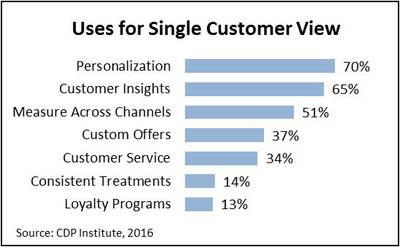Top 10 Web Personalization Use Cases Powered By Customer Data Platforms
February 1, 2017According to eMarketer research, 67 percent of marketers surveyed said they personalize their websites by leveraging consumer behavior-based data. In other words, the marketers have advanced into the new frontier of tailoring engagement with consumers based on actions they take across a brand’s website, email marketing, commerce channels and more. And it’s no wonder: Web personalization not only boosts conversions and engagement levels but it an also improves customer experience. In fact, according to a recent Forrester Research report, 62 percent of U.S. online adults have chosen, recommended, or paid more for a brand that provides a personalized service or experience.*
There are many forms of personalization – email, mobile-app, advertising, etc. – but web personalization is one of the most common. Successful web personalization delivers the right content to the right person at the right time, and we know that a Customer Data Platform is a key ingredient. But where do you start as far as actual use cases? According to Lytics customers, here are the ten popular web personalization tactics to get you brainstorming:
1. Content Recommendations
Suggest specific content to your customers based on their individual content affinities (i.e., the topics that interest them based on their engagement behavior with your brand’s content).
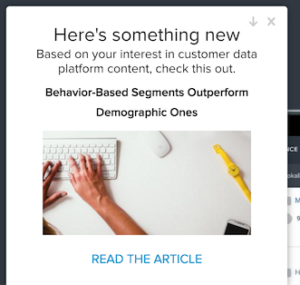
2. Event Promotions
Keep your customers engaged online and offline by promoting location-specific events based on where your customers are and what interests them. If you’d like to see a live example of this, we’re currently promoting a Forrester Webinar on “The Secrets To Marketing Personalization” on the Lytics website with a campaign targeting new and returning web visitors (but excluding employees and people who have already converted on the campaign). And, if we wanted to get even more targeted, we could use machine learning to focus on only those visitors who are highly engaged across our communication channels.
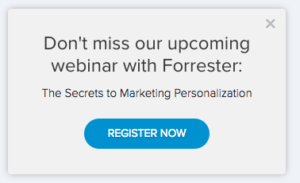
3. Subscription Sign-ups
Target unknown users with a message prompting them to provide their name and contact information (e.g., email address) so that you can grow your marketing database and begin a dialogue with them.

4. Customer Support
Give special attention to your customers that have an open (and possibly negative) support ticket so that they feel taken care of. Or suppress promotions to those with negative tickets.
5. Special Promotions
Send targeted promotions based on your customer’s engagement trends. For example, free shipping to someone that has unpurchased items in their shopping cart, or specific incentives to customers that are showing momentum and are most likely to buy.
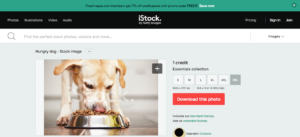
6. Account-Based Marketing
Nurture your targeted sales leads by sending personalized messages to customers or prospects from specific organizations.
7. Referral-Specific Engagement
Send specific welcome messages or incentives to customers that come to your website from a referral partner or affiliate website.
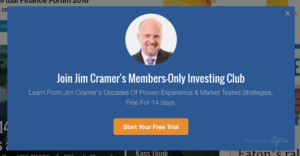
8. New Customer Orientation
Engage your new customers right away. Send them personalized messaging based on what set-up actions they need to take in order to fully take advantage of your products.
9. Service Announcements
Keep your customers informed by alerting them to time-sensitive notices (e.g., subscription renewals), new feature availability, or a temporary service interruption.
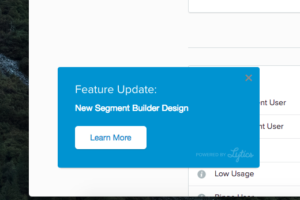
10. Win-Back Messages
Send specific messages to people who have unsubscribed from your email newsletter, or use machine-learning techniques to identify at-risk customers and target them with purchase incentives.
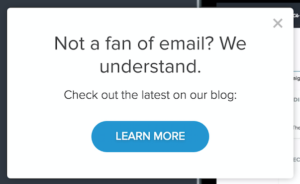
The Takeaway
Understanding who your customers are, how they engage with your brand and what content interests them are the building blocks for personalized, one-to-one marketing campaigns.
If you’d like learn why 75 percent of e-business and channel strategy professionals say personalization is their top priority, check out our upcoming Forrester webinar, “The Secrets of Marketing Personalization.” It will cover the market trends driving the demand for personalization and show how leading brands such as retailers Dr. Martens and Wildfang are growing their businesses by as much as 73 percent with a one-to-one digital marketing strategy.
*Forrester Research, Inc. (2015). “Just For You: Use Personalization Technology To Help Associates In The Retail Store.”
